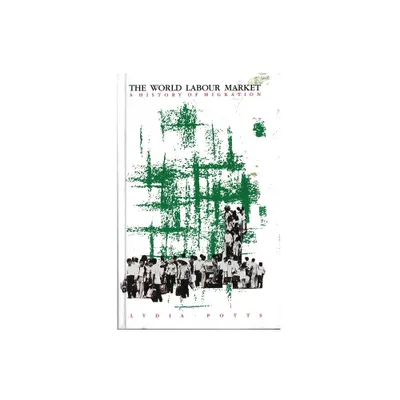Home
The Russian Labour Market: Between Transition and Turmoil
Loading Inventory...
Barnes and Noble
The Russian Labour Market: Between Transition and Turmoil
Current price: $154.00


Barnes and Noble
The Russian Labour Market: Between Transition and Turmoil
Current price: $154.00
Loading Inventory...
Size: OS
*Product Information may vary - to confirm product availability, pricing, and additional information please contact Barnes and Noble
Labour markets are a central element of any transition from planned economy to market-oriented system. This groundbreaking book examines the plight of Russian workers and employers during the first decade of post-Soviet reforms. The authors argue that higher-than-expected labour market flexibility early in the transition provided an important cushion for workers who would have been displaced with little recourse to social protection. However, over time, this flexibility reduced pressure for enterprise restructuring and accommodated policy drift. Although many workers were quite mobile, often this translated into a loss of human capital for older enterpriseseven potentially viable onesand to “churning” in the labour market, accompanied by only limited restructuring. There was little job creation, labour hoarding persisted, and many workers saw their wages eroded by inflation and late payment of wages. The authors show this situation was largely the result of insufficient structural reforms, poor institutional development, and misplaced incentives. First providing an overview of the economic situation, key labour market trends, and the institutional situation during the 1990s, the book then reviews labour market dynamics. The authors assess changes in “old” jobs at former state enterprises and evaluate “new” job creation, mostly in private businesses. They examine the evolution of wages and the availability of social protection to workers. A special thematic section considers the political economy of labour market policy that brought the “Russian approach” to labour market adjustment to life. The conclusion presents an integrated picture of the Russian labour market in the aftermath of the early transition period and highlights the implications of the experience for current policy.


















